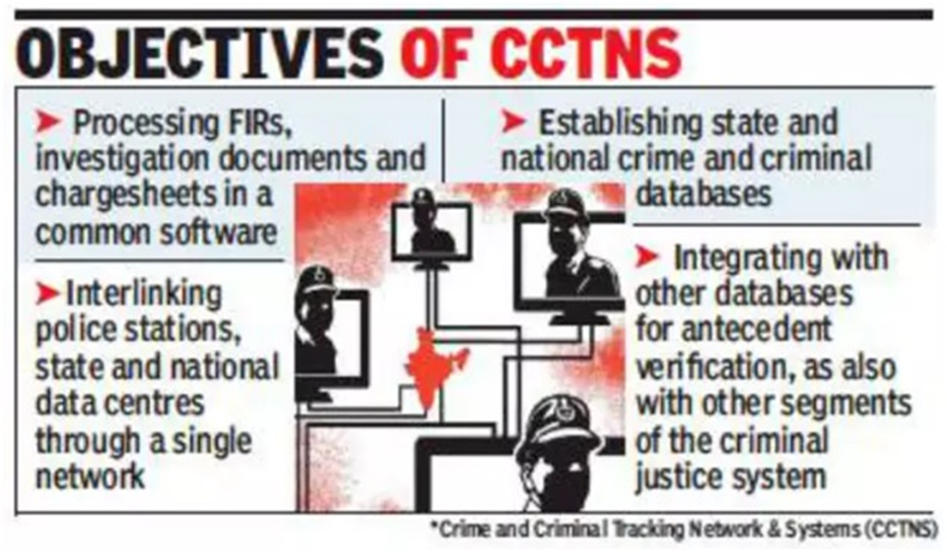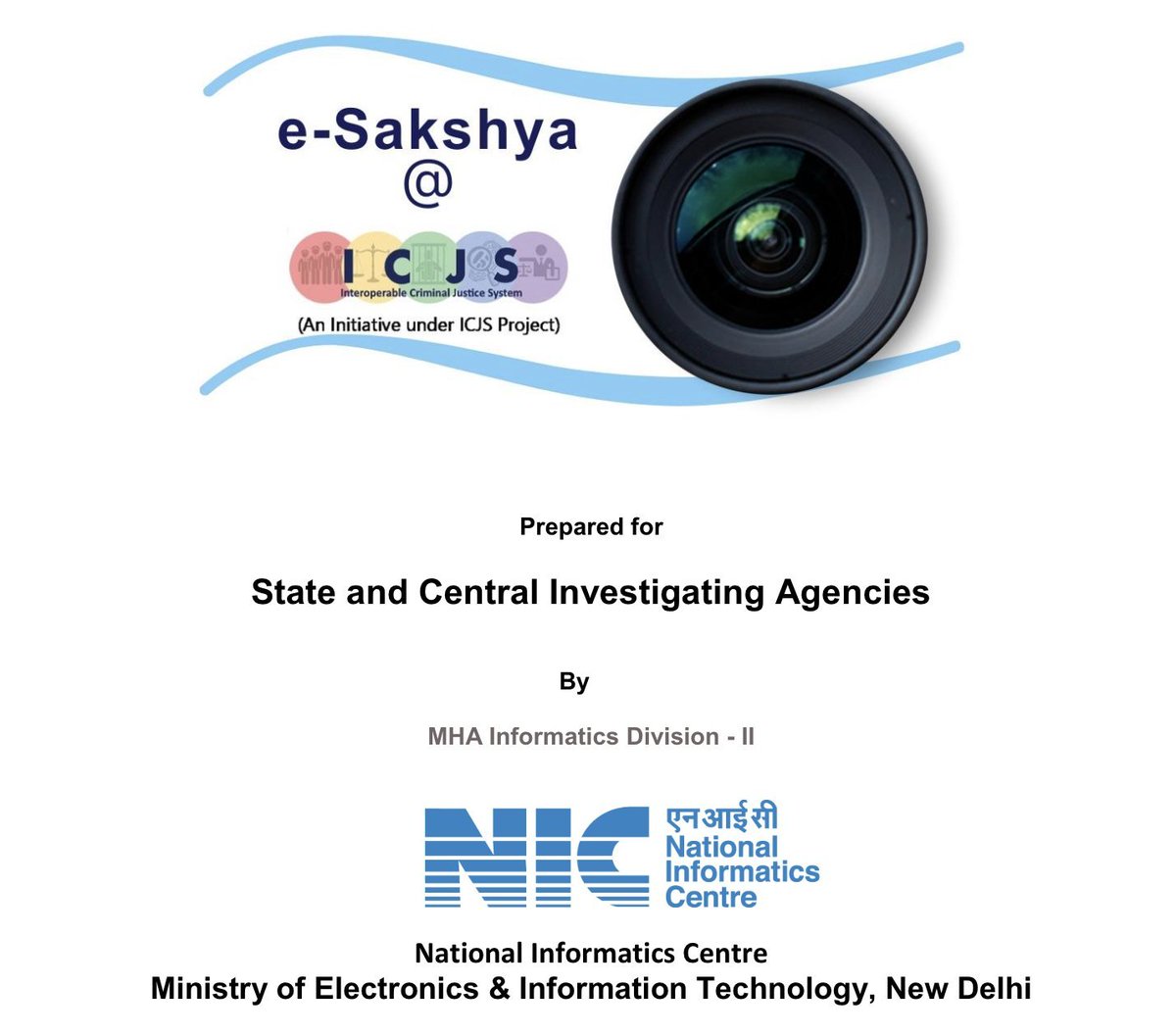Table of contents
New Criminal Laws will come into force on July 1, 2024.
The significance of the three new criminal laws is multifaceted and aims to modernize and streamline the criminal justice system in India.
- Bharatiya Nagrik Suraksha Sanhita (BNSS)
- Bharatiya Nyaya Sanhita (BNS)
- Bharatiya Sakshya (BS)

Here are the key points of significance:
Modernization and Simplification

Bharatiya Nyaya Sanhita (BNS)
Replaces: Indian Penal Code, 1860.
The BNSS prescribes the procedure and conditions for arrest, bail, and custody. It aims to simplify and modernize the procedural aspects of criminal law.
Key Changes:
- Sexual Crimes Against Men and Transgender Persons:
- The BNS is expected to be amended soon to include a section specifically addressing sexual crimes against men and transgender persons.
- Until then, police are instructed to use allied charges such as wrongful confinement and physical hurt.
- Concurrent Operation:
- The IPC will continue to operate alongside the BNS for pending cases and crimes reported after July 1 that occurred before this date.
Bharatiya Nagrik Suraksha Sanhita (BNSS)
Replaces: Code of Criminal Procedure (Cr.PC), 1973.
The BNS updates the Indian Penal Code, 1860, to address contemporary issues, including the potential inclusion of sections on sexual crimes against men and transgender persons.
Key Provisions:
- Procedure for Arrest, Bail, and Custody: The BNSS outlines the procedures and conditions for arrest, bail, and custody.
- Cognisable Offences: These will now be registered under Section 173 of the BNSS instead of Section 154 of the Cr.PC.
- State Amendments: States have the freedom to amend certain provisions of the BNSS as per their requirements.
- Electronic FIRs: The Crime and Criminal Tracking Network Systems (CCTNS) has been upgraded to allow for e-FIRs and zero FIRs, which can be filed irrespective of the crime location's jurisdiction.
- Language Support: FIRs can now be registered in languages other than English and Hindi.
Bharatiya Sakshya (BS)
Replaces: Indian Evidence Act, 1872.
The BS modernizes the rules of evidence, making them more relevant to current technological and social contexts.
Key Provisions:
- Electronic Evidence: The BS mandates compulsory audio-video recording of search and seizure operations and forensic examinations for offences attracting seven years or more of punishment.
- Submission of Evidence: Recordings must be submitted electronically to the court without delay.
- eSakshya Application: A mobile-based application to help police record crime scenes and upload files to a cloud-based platform.
- Recording scenes of crime, search, and seizure activities using their mobile phones.
- Uploading Evidence to a cloud-based platform.
- Uniformity in investigation.
- Increase Conviction Rate
- States like Delhi have developed their own systems, such as the e-pramaan application.

Read more: What is the eSakshya App?
Technological Integration
As the new Criminal Laws laid emphasis on technology in investigation, trial and court proceedings, the National Crime Records Bureau (NCRB) has made 23 functional modifications in the existing Crime and Criminal Tracking Networks and Systems (CCTNS) application.



- CCTNS Upgrade: The CCTNS will be significantly upgraded to allow for e-FIRs and zero FIRs, enhancing accessibility and efficiency.
- Electronic Evidence: The BNSS mandates compulsory audio-video recording of search and seizure operations and forensic examinations for serious crimes.
- This ensures greater transparency and accountability.
NCRB will also provide technical assistance to the States and UTs for a seamless transition to the new system.
State Autonomy
- Amendments by States: States have the freedom to amend certain provisions of the BNSS to suit their specific needs.
- This flexibility allows for localized adaptations while maintaining a unified national framework.
Training and Adaptation
- Hand-Holding and Training: The Union government has provided training and support to ensure a smooth transition to the new system.
- This also includes updates to the CCTNS software to accommodate multiple languages.
- The Officer-in-Charge of each police station in all States and Union Territories will organize a program highlighting the new criminal laws' salient features.
- Discussions and in-depth analysis have been covered through:
- News bulletins, programs, discussions and social media platforms of Doordarshan and Akashvani.
- Public Awareness flyers, interaction programs, informational websites, and ministerial-level webinars have also been held.
- Additionally, Mandatory inclusion of course modules in schools and higher education institutes are also some of the steps taken.
- The University Grants Commission, All India Council for Technical Education and CFIs, and all higher education institutions in States and Union Territories will organize one-day activities that will include group discussions, workshops, question-and-answer sessions, and quizzes on various provisions of the new criminal laws.
Concurrent Operation
- Transition Period: The IPC and Cr.PC will continue to operate concurrently with the new laws for cases pending in courts and crimes reported after July 1 but committed before this date.
- This ensures that the transition does not disrupt ongoing legal processes.
Enhanced Security and Accountability
- Cloud-Based Systems: The use of cloud-based platforms for storing electronic evidence, such as the eSakshya and e-pramaan applications, enhances the security and integrity of evidence.

Addressing Contemporary Issues
- Inclusion of New Sections: The BNS may soon include sections addressing sexual crimes against men and transgender persons, reflecting a more inclusive approach to criminal justice.
Public Accessibility
- E-FIR and Zero FIR: The ability to file FIRs electronically without visiting a police station and irrespective of jurisdiction makes the process more accessible to the public.
Conclusion
The implementation of these new laws represents a significant overhaul of India's criminal justice system, aiming to make it more efficient, transparent, and responsive to contemporary needs. The integration of technology, flexibility for state-specific amendments, and enhanced security measures are key features that underscore the significance of these changes.

